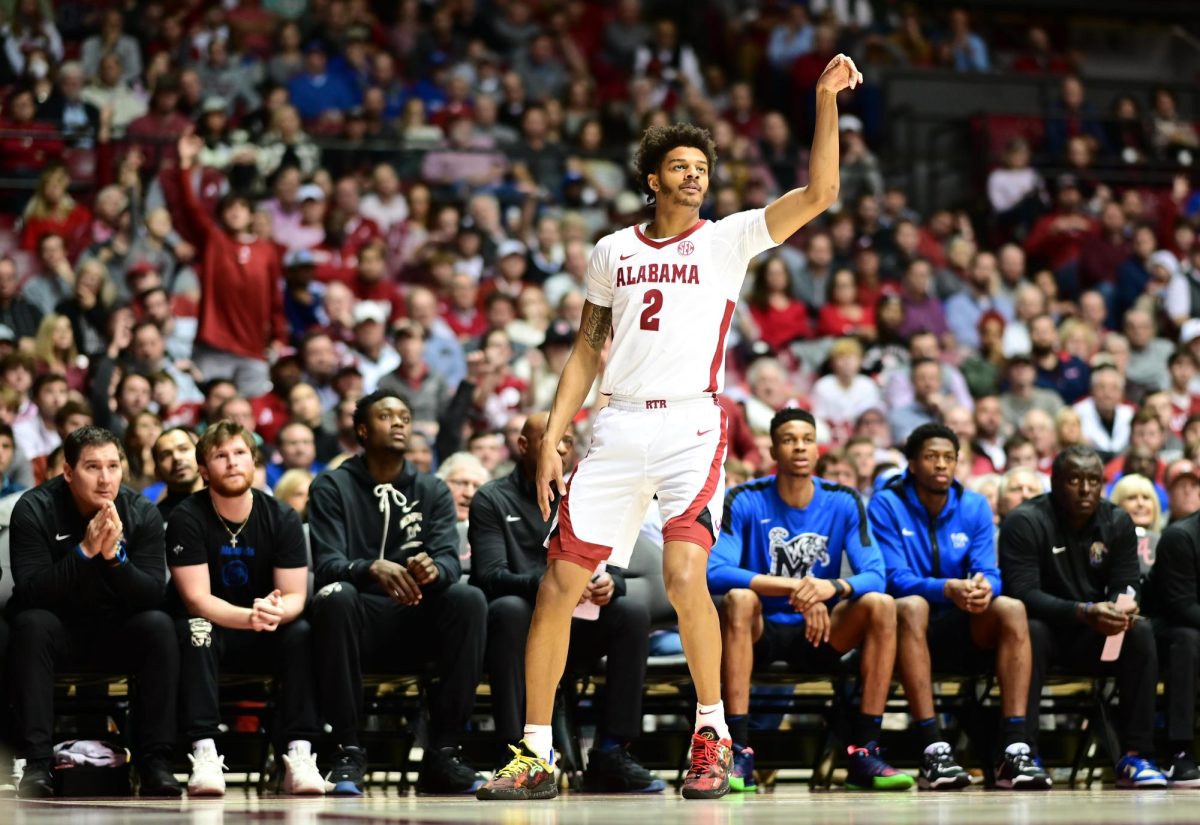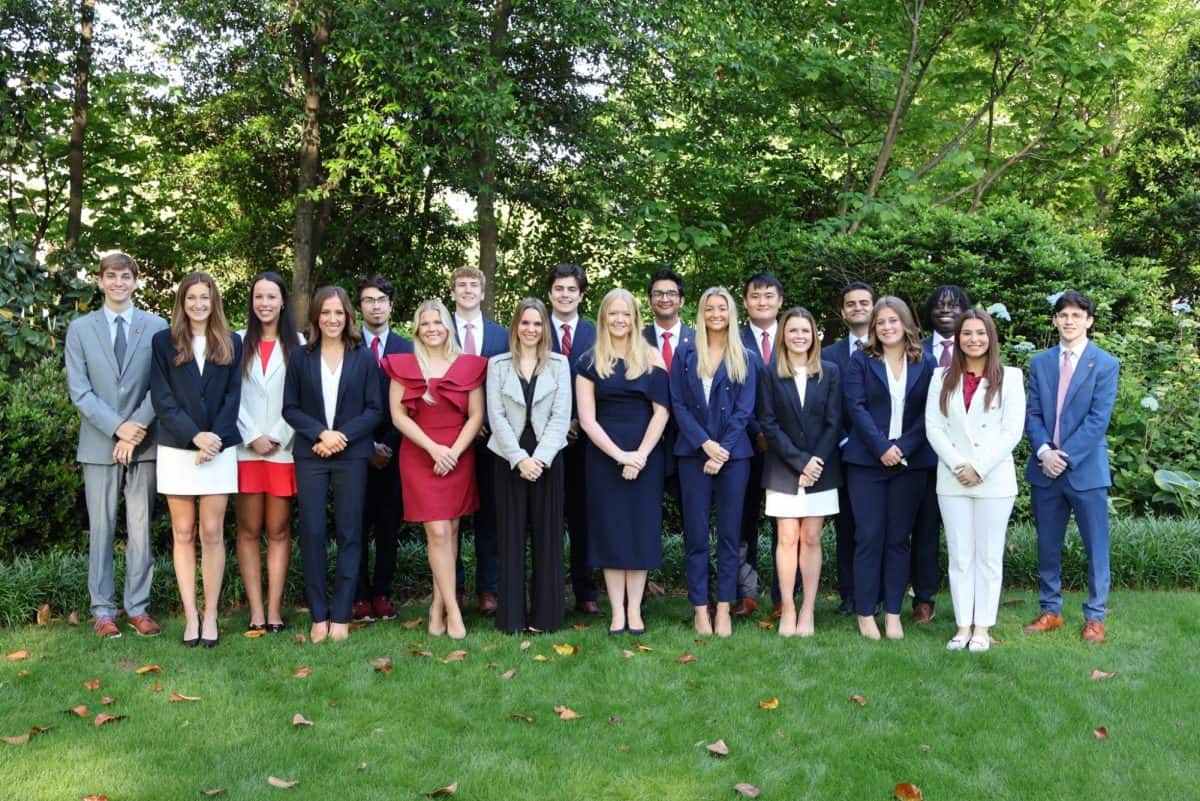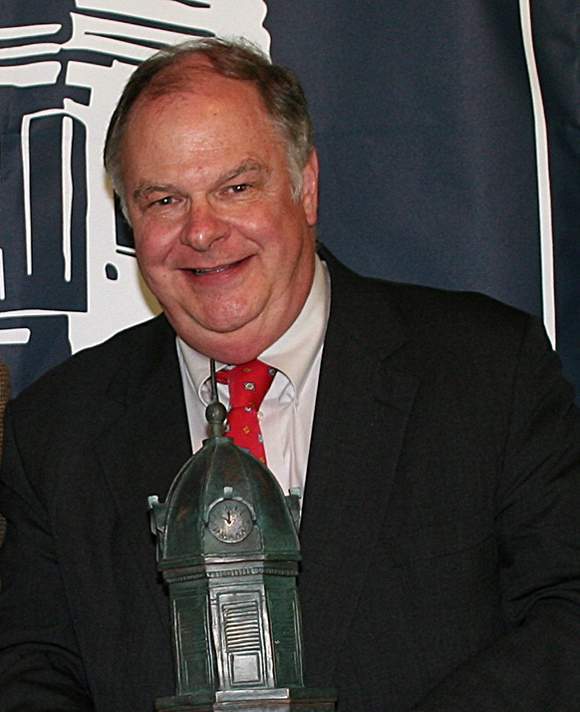A team of senior students from the University of Alabama’s College of Engineering placed sixth in the Institute of Electrical and Electronics Engineers SoutheastCon hardware robotics competition on March 17. The team is comprised of seven seniors in the electrical and computer-engineering program at UA who are enrolled in the ECE 492/494 Capstone Senior Design course. The course is only offered as a two-semester sequence in which students are divided into teams and assigned a faculty advisor and design project. Kenneth Ricks, associate professor of electrical and computer engineering, serves as the faculty advisor for the team, which includes Ashley Allman, Matthew Bell, Mark Edwards, Bryant Grace, Andy Hains, Caleb Leslie and Jonathan Pittman. Ricks has effectively transformed UA’s past sporadic appearances at the IEEE competition into an annual tradition. His ECE 492/494 team has competed in the event for the last four years. “Dr. Ricks provided invaluable experience and advice as we built our robot,” Pittman said. “When the project began, most of the team members had little or no experience in robotics. He showed us how to apply what we had learned in our ECE classes to the field of robotics.” The 2012 competition’s objective was to showcase robots that could navigate through a maze of connected boxes. The intricate course included four four-minute long, increasingly difficult tasks that required the robot to interpret electrical signals into directional information, such as turning left and right. To gear up for the event, the students started preparation in August. “The team was responsible for the complete development of the life cycle of the robot, including research and design, procurement of parts, implementation of hardware and software, testing, debugging and competition,” Ricks said. Allman said the work was divided up between the different members of the team. “We went through the design process of partitioning the system as a whole into smaller subsystems and assigning a team member to each of those subsystems,” Allman said. “Next, we began research, where each subsystem leader was responsible for choosing the best implementation for their design. “After winter break, we began to integrate our subsystems into one cohesive system. In the weeks leading up to the competition, we tested our robot extensively to ensure that we were prepared to compete.” Along with building a complete robot, the team constructed an exact replica of the IEEE arena for testing purposes. At midnight the night before the competition, the tests revealed an error in the robot that would have caused disqualification. However, the students were able to fix the problem and compete the following day. During the competition, each correctly completed task earned the teams points, and the team with the highest score was declared the winner. The UA team placed second in the first three rounds of the competition, and they finished sixth out of a total of 54 teams for the overall high score in all four rounds. “This UA team worked as hard or harder than any I have had,” Ricks said. “They learned that it pays off to work hard. There were lots of engineering skills that they applied as they developed the robot. The best lesson learned has to be the value of testing. A project can never be tested too much.”






